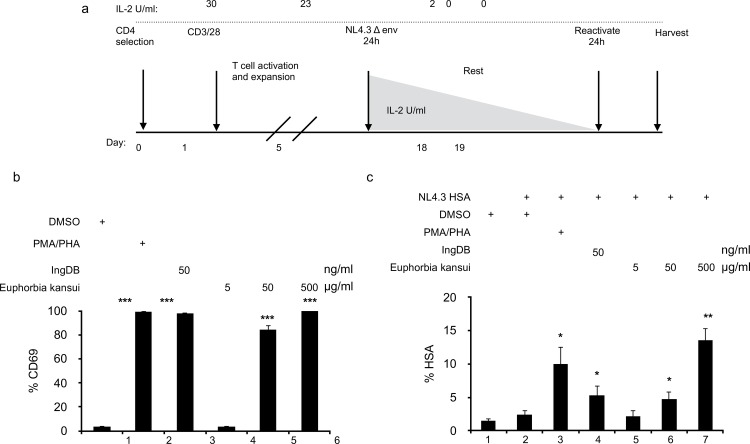Fig 3. Euphorbia kansui reactivates HIV in a model of HIV latency using resting human CD4+ T cells.
(a) Human primary CD4+ T cells were activated and expanded with CD3/CD28 beads and 30 U IL-2/ml for 7 days. Cells were infected with VSV-G-pseudotyped HIV-1 NL4.3 HSA R+E- for 24 hours. Infectious virus was removed and cells were maintained over 12 days with decreasing concentrations of IL-2 to establish latency. Uninfected cells were maintained in the same conditions, for uninfected controls and to determine T cell reactivation. At 12 days post infection, cells were stimulated for 24 hours with DMSO, PMA (2 μg/ml) and PHA (10 ng/ml), IngDB (50 ng/ml) or Euphorbia kansui (5, 50, and 500 μg/ml) (***p<0.001). (b) CD69 expression was measured by flow cytometry. (c) HSA expression was measured by flow cytometry. Data are representative of infections using cells from three healthy donors. Error bars represent standard error of the mean (*p<0.05, **p<0.01).

